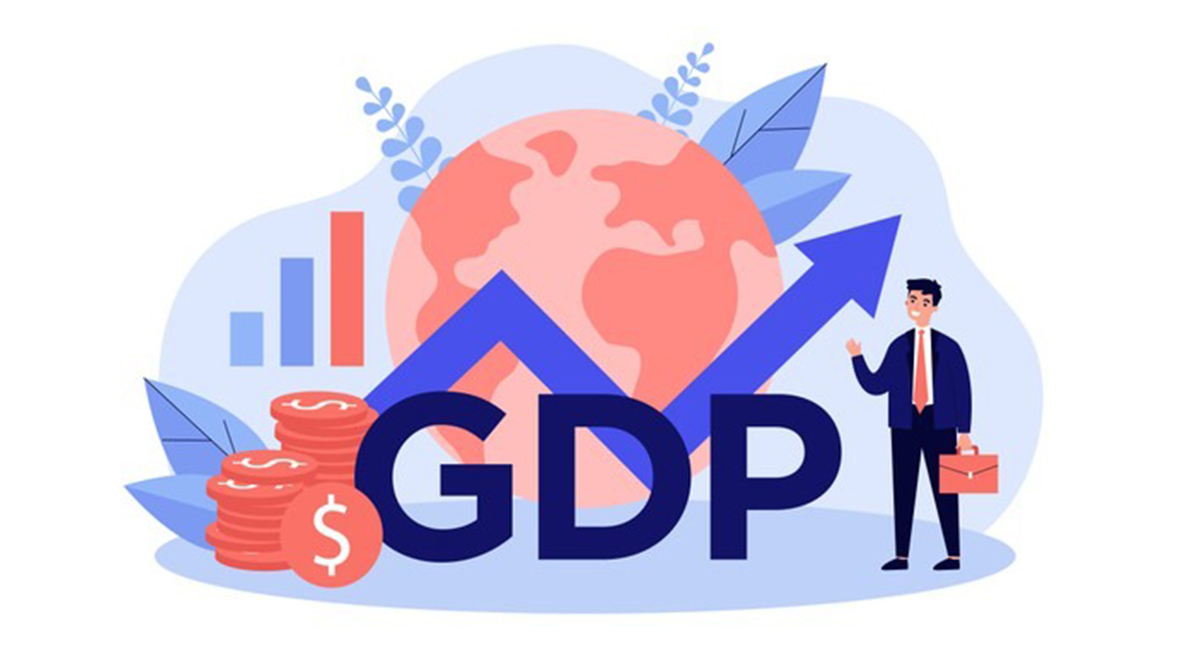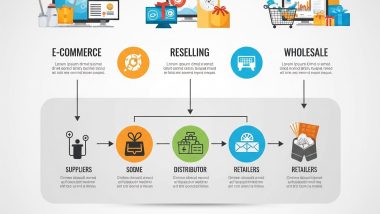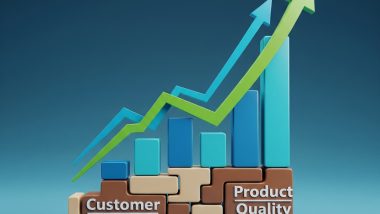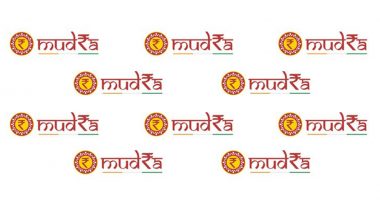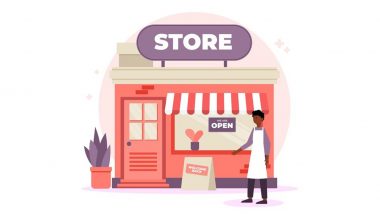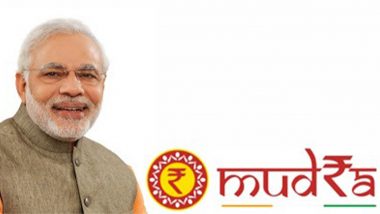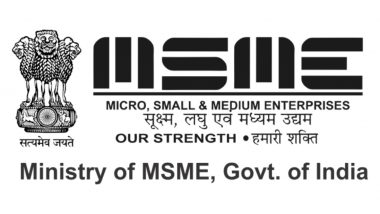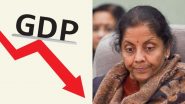Be honest and ask yourself a question - do you really understand what the abbreviation GDP is all about? If not, let us educate you on this topic. GDP stands for Gross Domestic Product and it is simply defined as the total number of goods and services that are produced by a country. GDP of a country is calculated over very specific timelines such as Quarter or Yearly. It is one of the most common indicators to figure or predict the health of a certain economy.
What Is The Role Of GDP?
GDP holds its importance and rightfully so as it helps the decision-makers and the central banks to assess if the economy is expanding or contracting to take the necessary actions required. GDP also helps the business sector and economists help understand the impact of a fiscal crisis on the economy and be prepared accordingly.
How Is GDP Calculated?
There are basically two approaches with the help of which you can calculate the GDP of an economy. These two approaches are known as the expenditure approach and the income approach.
In the expenditure approach, which is the most commonly used approach, the calculation is based on how much money has been spent by people that participate in the economy. The formula is GDP = C + G + I + NX where C stands for consumption, G stands for total government expenditures, I stands for the sum of a country’s investments, and NX stands for net exports.
Whereas, in the income approach, we use the formula GDP = Total National Income + Sales Taxes + Depreciation + Net Foreign Factor Income.
What Is The Relationship Between GDP & Business Cycle?
All four phases of economic activities such as economic contraction, trough, expansion, and peak are referred to as business cycles. When an economy experiences some changes in the activities, the results reflect positively or negatively on GDP.
Economic Contraction
It is a phase where the demand for goods and services decreases or/and when the cost of raw materials increases. This results in less work, more layoffs, and an increased rate of unemployment. Even though the GDP, as a result, decreases in this phase, it still stays positive.
Economic Trough
This phase is an extreme and worrisome version of contraction where the unemployment rate is extremely alarming and the economic output experiences an all-time low. This is the time when an economy is either heading towards recession or already is in one with a negative GDP.
Economic Expansion
It is a phase where after going through the worst, the economy begins to grow. An economy is only said to be in an expansion mode when it experiences growth for 2-3 consecutive quarters as growth in just one quarter could be a temporary high, hence can’t be considered. In this phase due to more economic output, the GDP begins to increase.
Economy Peak
As the name suggests, it is a phase where the recovery reaches its peak and the GDP experiences a surge. But economists see this as a saturation point after which upward inflationary pressure and devaluation of the currency happens.
We hope we made this as easy and as fun as possible for you to understand the basics of GDP and how it affects the economy. Make yourself as aware and responsible as possible because our economy relies on participants like you who lay a solid foundation in the form of a healthy economy.
